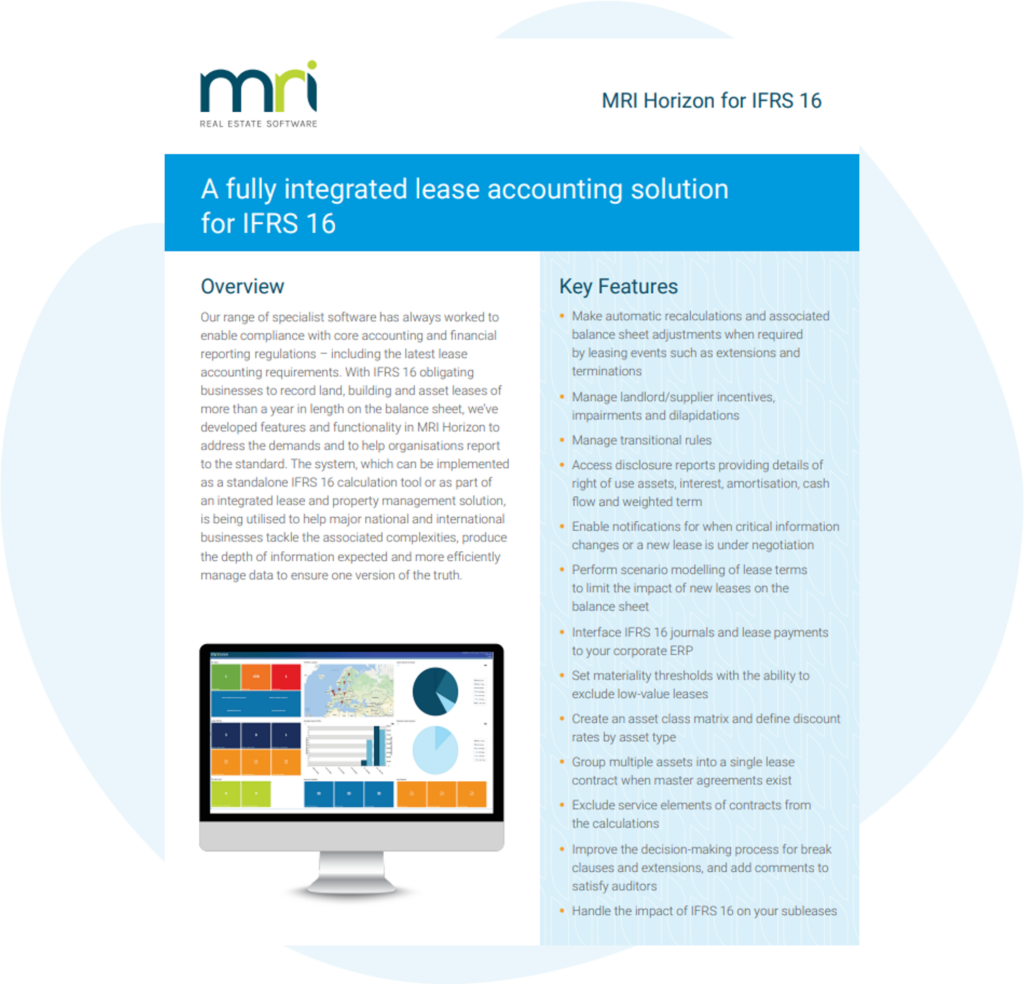7 steps to a smooth onboarding process in property management
When onboarding a new business it’s crucial to put your best foot forward. However, it’s also often a pain point for many property management teams. For one, a lot of emotions are usually at play as different parties with different motivations are involved in onboarding. And secondly, many agencies also lack a clear documented process, creating inconsistent experiences and blurring the lines of accountability.
An effective onboarding process is of course the solution to these issues, but what exactly does it take to create one? Terri Handy of pmXcite shared with us her tips in a recent webinar – from the moment the authority is signed up to when the introduction letter or call by the property manager is made. We summarised each step to give you an overview of what goes on in perfecting an onboarding process.
With 25 years of experience in the industry, Terri believes that making onboarding as smooth as possible not only addresses inefficiencies in the team but also sets the tone for the relationship between the client and the agency. “If you start at the right foot, it sets a more positive precedent for the relationship. If you start at the wrong foot, it’s going to be difficult to repair it as you go along,” says Terri.
Here are her suggested steps to making onboarding a pleasant experience for you and your clients.
1. Document the process into a checklist
The onboarding process includes a lot of procedures that can be hard to keep track of. Making it as simple as possible is key to a stress-free process. “The easiest way for your process to become clear is to make it into a checklist,” says Terri.
Checklists are a great way to keep track of your processes and ensure they are always up to date. They are also easier to read than a manual. Online task management tools are great for this, adding more efficiency than paper and pen checklists by being accessible to anyone involved in the process and separating responsibilities. “This helps ensure accountability and that things are flowing properly,” adds Terri. Creating a paperless checklist also eliminates misplacing the document.
2. Create buy-in from everyone involved
So now you know that checklists are the way to go. But how do you start on the checklist and get everyone on board? Terri suggests gathering everyone involved in the onboarding process in a meeting. Use this meeting as a brainstorming session on what actually happens during onboarding across different touchpoints in your team – from start to finish. If you’re already using checklists in your business, Terri says that a meeting will help identify gaps as you discuss the process and help you make necessary changes.
Creating buy-in from everyone involved in the process helps them understand why a certain process is the best for your business and in turn motivates them to succeed in creating an amazing onboarding experience for the client.
3. Use a whiteboard in your meeting
While online checklists are a great way to track the final process – brainstorming sessions are visualized (and understood) better with a good old whiteboard. Write down what happens during onboarding, identify gaps, create your step-by-step checklist, and take a photo of the whiteboard so you can digitise it later. “Use this to refer back to what was initially discussed,” says Terri adding that “the checklist will not be perfect the first time it is written, and in fact, it will change over time.”
4. Break the process into 3 areas
In creating the checklist, Terri suggests you break the process into 3 areas:
1. Authority signed
At this initial stage of onboarding, it is important to let the client know what’s going to happen next and retrieve all the information you will need down the track from them. Things like banking and insurance information, for example, will be required as the management is finalized. Experienced owners may have this information handy, but first-time landlords may need help in getting them sorted if they haven’t thought about these details yet.
Also, set a time frame on when you can expect this information as well as have processes in place on how to follow them up. Often it is the delay in retrieving important information that becomes a roadblock to keeping the onboarding on schedule.
2. Onboarding
This step is important as there is often a gap from when the authority is signed until it is advertised, as it isn’t always clear whether the BDM or property manager owns the relationship. When creating your own process, you need to decide what works for your agency and make this clear. At this point, the focus is on getting the property (and the owners) ready for leasing. Managing marketing resources like photos, signboards and online content as well as feedback around the price down to the more practical things like cleaning the property are tackled at this stage.
3. Introduction to the property manager
Introducing owners to the property manager is a critical area according to Terri, “This is where the property manager will really start to build their own relationship with the client.”
Set a feasible time period of when the introduction should occur in the onboarding process and before making the call, property managers should be ready with the information that was given to them by the BDM when the new management was handed over (this will be discussed more later on in this article). PMs should also come prepared with questions they should be asking the client and list them in the checklist, “You might forget to ask some things. That consistency is what we’re after and that’s what having a checklist will allow you to do.”
5. Assign accountability
Now that your process/checklist is starting to have more body to it, it’s time to assign responsibility to the different tasks and jobs involved in the process. Be clear on exactly who does what and when it needs to happen. Being proactive also goes a long way during onboarding so brainstorm possible pain points and assign a person to address a situation when it happens.
6. Introduce breathing space in your checklist
While setting deadlines allow things to get done on time, it’s also good practice to be realistic in your expectations. Introducing a period to “breathe” allows all parties involved some time to deal with unexpected issues that suddenly crop up at critical points in the onboarding process, without causing delays that start the relationship off on the wrong foot. If you get things done earlier than you said, then that’s great! Just don’t make the mistake of overpromising.
In setting this grace period, it is important to create a rule that everyone agrees on. The BDM can then set clear expectations, which the property manager can reinforce and then consistently meet.
7. Hand over new ownership with complete details
According to Terri, having a well-documented handover is imperative given both the BDM and PM work to a busy schedule and don’t always have sufficient time to discuss a new management face to face, “The attention isn’t always there and so it’s important to have a structure in place.”
Terri adds, “If everyone that refers a property gives detailed information to the property manager, it’s going to be a lot clearer.”
Aside from the usual property and client details required in the handover, Terri recommends including any important history that will not only help the property manager in processing transactions but will also be useful for them to establish a good impression with the client during their introductory call.
Details such as who it was referred by, major concerns of the landlord and any issues with the previous agency are often overlooked but will be useful in the future.
Make light work of your property management tasks with reliable property management software. Book a free demo now!
Multi-discipline technology for property owners, investors and occupiers.Property Management Software

A fully integrated lease accounting solution
for IFRS 16
In today’s dynamic financial landscape, achieving compliance with evolving accounting and reporting regulations is more critical than ever. MRI stands at the forefront of facilitating this compliance, particularly in light of the demands set fo…
